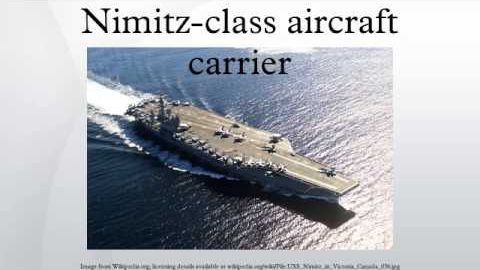
Subtitles & vocabulary
Nimitz-class aircraft carrier
00
marmot posted on 2015/02/15Save
Video vocabulary
strike
US /straɪk/
・
UK /straɪk/
- Transitive Verb
- To hit something
- To remove or erase.
- Noun (Countable/Uncountable)
- A punch or hit
- Fact of not hitting the ball when playing baseball
A2TOEIC
More flight
US /flaɪt/
・
UK /flaɪt/
- Noun (Countable/Uncountable)
- Act of leaving a place, usually to escape danger
- Trip by plane, helicopter etc.
A2TOEIC
More service
US /'sɝvɪs/
・
UK /'sɜ:vɪs/
- Noun (Countable/Uncountable)
- Work that a person does to assist others
- Ceremony for religious purposes
- Transitive Verb
- To help or do work for someone, e.g. in a store
- To maintain a piece of machinery so it runs well
A1TOEIC
More design
US /dɪˈzaɪn/
・
UK /dɪˈzaɪn/
- Transitive Verb
- To plan in a particular way to fulfill a purpose
- To think of a plan
- Noun (Countable/Uncountable)
- The way something is planned, to fulfill a purpose
- A decorative pattern or motif.
A1TOEIC
More Use Energy
Unlock All Vocabulary
Unlock pronunciation, explanations, and filters
